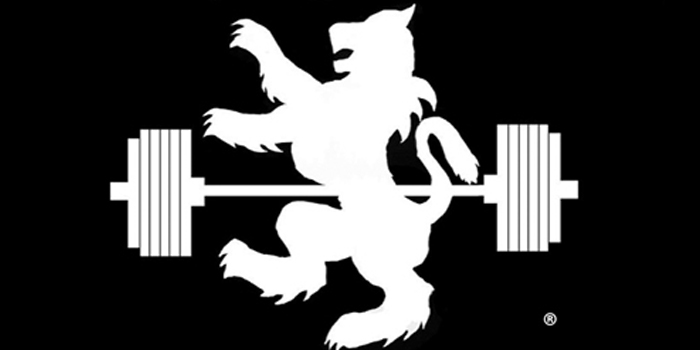
“Eggers, how many of your chins do you need to get over the bar to count the rep?” — Vincent Dizenzo
I first saw a gym record board prominently posted at DeFranco’s Training in Wycoff, New Jersey. It was 2009. The record board was a concept Joe borrowed from Westside Barbell, where its chalky block outline is recognized as iconic by all powerlifters. I wanted to implement the idea and did it in my former facility.
Beast Training was my facility in Trumbull, Connecticut. In stark contrast to most of the Beast’s record board, the record in the category of Dead Hang Chin-Ups (for those over 220 pounds of body weight) was unimpressive — at least in the early stages of the training facility.
RECENT: Resistance Training for Youth Lacrosse Athletes
I was reluctant to put my name on the board in any category, as I was the owner of the training facility and didn’t want to monopolize any spots. Still, my chin-up output was so pedestrian, I proudly held a place on the board for a time with a lowly seven repetitions.
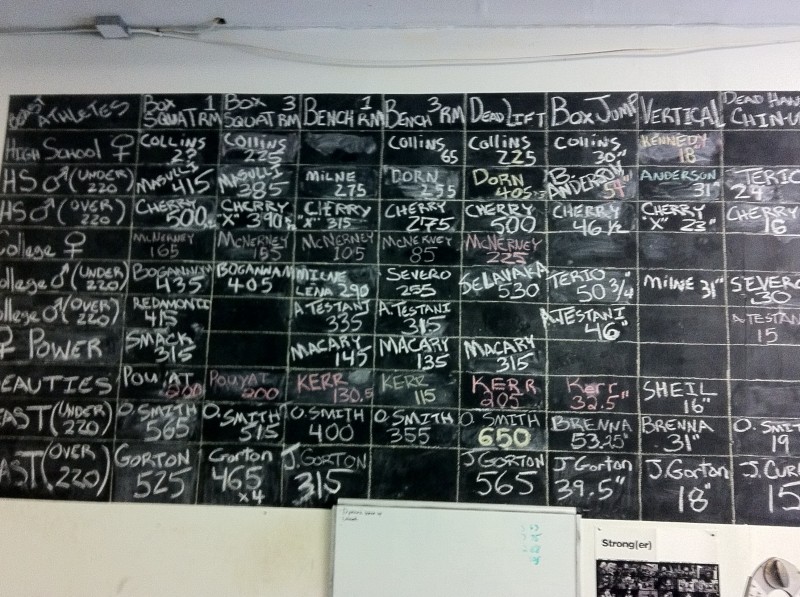
I distinctly remember the night that Matt Rhodes wiped my name off the board. I am confident he was not even training his back, but he spied my meager number on the board and knocked off 10 Dead Hang Chins specifically to wipe my name from the board. It was spiteful — quite mean.
Vincent Dizenzo emerged from his last set of bench assistance work and called out, “Eggers, how many of your chins do you need to get over the bar to count the rep?” — Also, quite mean.
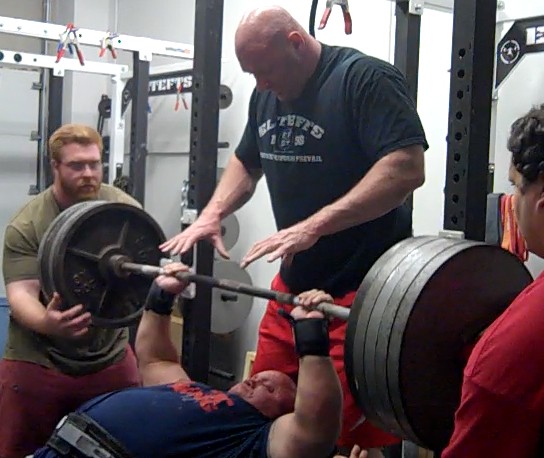
The Struggle is Real
In 2010, I was a sprained ankle away from 300 pounds. I had never been particularly good at chin-ups and desperately wanted to progress. My method to improve was rudimentary, but it works — start grabbing the bar more frequently and pulling as hard as you can — one repetition at a time. I began able only to pull a single repetition and worked my way to a dozen repetitions — not earth-shattering but at least more respectable.
Enter the elitefts Collegiate Power Rack (with a Monkey Chin Bar)
The elitefts Collegiate Power Rack is available with a Monkey Chin Bar. If you are a larger trainee with a history of shoulder issues, the available neutral grip really helps by removing some of the rotational torque associated with supinated grip chins. While periodically switching grips is probably advisable from a muscle adaptation perspective, I must confess that I do nearly all of my repetitions with a neutral grip.
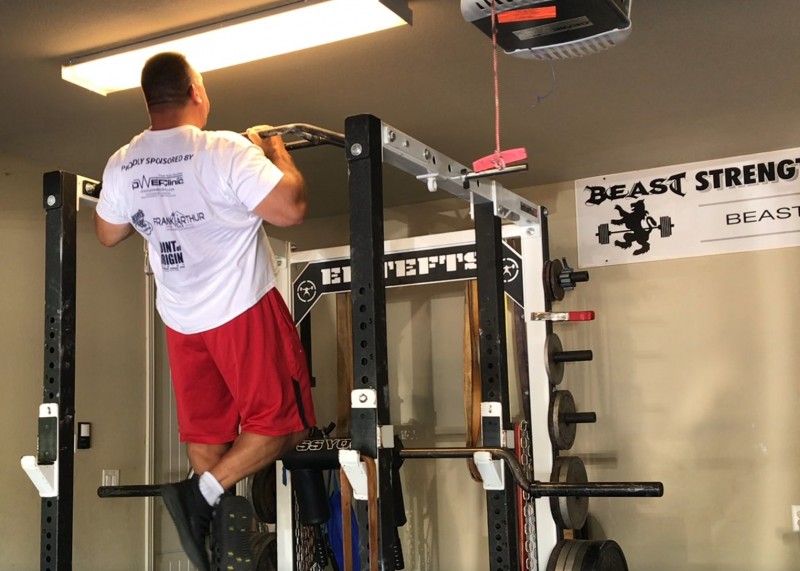
The Typical Routine
Now, at close to 50 years of age, I train chin-ups for volume. My bodyweight is down from the 290s area to around 245, but my chin-up output remains average at best, but if you are struggling to improve at this exercise, training for volume is one way to do it.
I am a creature of habit. Concerning resistance training, my habits have some pluses and minuses, but here is a simple cadence to try until you stop making gains. Mostly, I set a repetition target and aim for that target regardless of the number of sets it takes to obtain the number.
Concerning the training below, for context, recall my maximum for dead hangs is a dozen repetitions, and the purpose for most of my training is to retain my sanity — what little of it remains.
Warm-up
My warm-up is minimal and straightforward: some foam rolling and a lot of shoulder stretching. I should work up more of a sweat, but in all honesty, many times, I do not (this is something I still need to improve upon).
READ MORE: Creating the Perfect Warm-Up
Hangs
Before I start the chin-up session, I like to hang a couple of times. I believe the hanging is therapeutic for the shoulder capsule, good for grip strength, and good for general mental toughness.
- 20-second hang from Monkey Chin Bar using a neutral grip, shoulder width to slightly wider
- For the second hang, I work up to 1 to 2-plus minutes; these are more of a mental battle, but they are a good challenge
Banded Chins
I always perform my first set with an elitefts light or average resistance band under my knee (tied to the Monkey Chin Bar); I perform six dead-hang reps and focus on pulling my chest up to the bar (again, neutral grip).
These banded chins are a continuance of the warm-up and, from my perspective, ensure I am prepared to handle the full bodyweight exercise. Concerning these banded chins and the overall repetition target (volume), I only count this set as two repetitions (e.g., my formula is 3 band-assisted chins = 1 repetition).
Assuming the goal is 40 total repetitions, my training will approximate the below cadence:
- Banded — 6 reps (2 toward repetition target); this is the set referenced above
- 1 double — 3 total reps toward the target
- 4 reps — 7 total reps toward the target
- 4 sets of 6 reps — 31 reps toward the target (each set is leaving repetitions in the tank to allow me to obtain the overall repetition volume)
- 5 reps (could not get the 6th repetition cleanly) — 36 total repetitions
- 4 reps (this set is to failure or near failure) — 40 total repetitions
In Closing
If you are a heavier trainee, starting with bands may be the optimal way to go. At certain points in your training life, they may be the assistance required to get you moving on your way to more productive sets and repetition ranges.
The key is to grab the bar and pull for solid repetitions, no matter how few, and remain consistent.










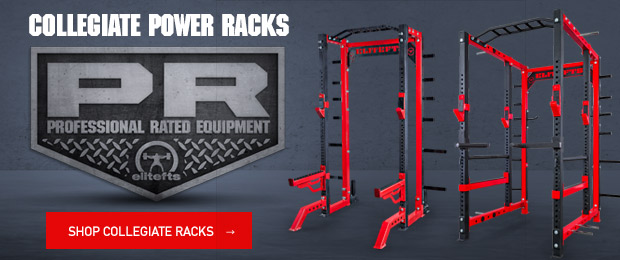
1 Comment